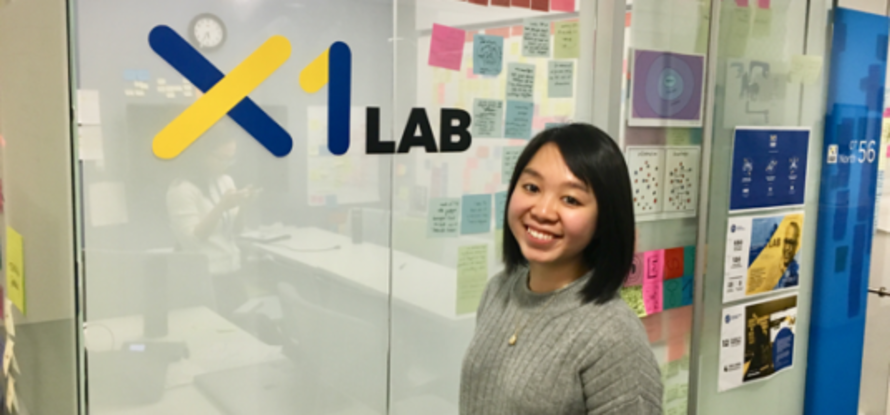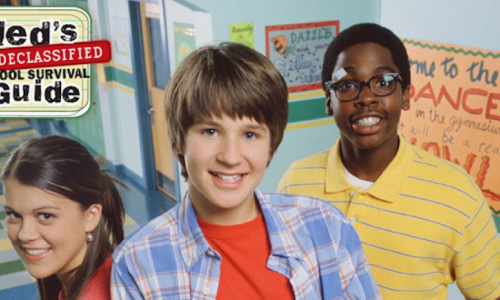
When I imagined working at a large bank, I used to think of cubicles, formal attire, stacks of documents, bureaucracy, and a lack of freedom. If you’re a fairly independent person like me, you might think that the banking work environment isn’t for you.
However, before you rule banks out of your potential employers list, let me tell you about my experience as a UX/UI Designer co-op at the Royal Bank of Canada (RBC) for the last four months.
This experience has resolved every misconception I had about working in a large bank. The work environment is highly collaborative and friendly. For instance, I was given sticky notes of all colors and sizes to brainstorm ideas instead of musty, old documents. I also wear sweaters and sports shoes to work, and my manager rocks pink and red suits all the times. Most importantly however, my team is supportive and empowers me to take initiative and make an impact.
If any of this has piqued your interest, read on to find out about my work responsibilities, team culture, and a few tips to land a UX/UI Designer co-op position at the largest bank in Canada.
1. A Blend of Strategy and Creativity
I worked in a team called Xperience First (X1). Our team’s mandate was to develop design thinking practice across Wealth Management Technology at RBC. If you have never heard of design thinking, it’s a problem-solving methodology that focuses on understanding people’s need and conducting quick, iterative experimentation.
While the job title (UX/UI Designer) seems to indicate that most of my time was spent pushing pixels on some Adobe software, I found myself applying a lot more of business and communication skills. Some of the tasks that kept me busy were:
-
Writing user research and testing protocols
-
Synthesizing and communicating insights from research
-
Strategizing optimal service experiences given business and technology constraints
-
Creating wireframes and prototypes (okay fine, this one does have to do with pixels)
-
Facilitating design workshops
The responsibilities change dynamically from one project to another. Even within a project, the requirements can change within hours which keeps the work challenging and interesting.
2. Opportunities Outside of Everyday Work
One of the great things about the RBC co-op program is the number of opportunities to enrich your experience beyond the daily job duties.
For nerds (like myself), there is the RBC Learning platform to learn new skills, and an intense eight-week skill development program called ADaPT. For experiential learners, there is a Hackathon where you are assigned to a group of co-op students with a mix of business, technology, and design background to solve a problem.
For social butterflies, there are more than enough opportunities to expand your network, build relationships, and have fun. There are monthly social events for co-op students, 10K Coffee platform to connect with other RBC employees and fireside chat with senior managers, the Student Partners Program and the RBC Ambassador Program, just to name a few.
3. A Collaborative, Fun and Inclusive Culture
In a large corporation like RBC, every leader has their own flair in creating their team culture. However, most groups I had a chance to work with (or speak to) shared a collaborative culture. For instance, as designers, my team worked closely with business owners, SMEs (subject matter experts), project managers, and developers. Within the team, we routinely asked each other for feedback, and share our learnings and knowledge.
Our team also had a lot of group activities, from team meals and ping pong to attending events together. We even won a Halloween contest for our Harry Potter costumes!
4. Tips to Land an UX/UI Designer Co-op at RBC
My team hired three co-op students this term and several others previously, each with a different educational background and skill set. Perhaps one thing we all had in common is the willingness to take initiative, as evident in the side projects we took up. Some of us freelanced as UX/UI Designers, others started a side business, and some launched their own app.
My hiring manager also gave some tips for aspiring UX/UI Designer:
-
Have a portfolio (preferable online) that displays your design process from the why, to the how and what
-
Design your resume as an experience. All details from the visual hierarchy, typography, to information architecture should demonstrate your storytelling skills
-
Don’t be afraid to tell your own story. For instance, your resume can be an ecosystem map or a user journey of yourself
-
When potential employers scan your resume, they look for keywords of your UX tools or methodologies (e.g. generative research, agile etc.) and the impact of your work, so make sure to include that
-
Learn how to use design systems/frameworks. Large companies such as RBC rely on design system to create consistency and to reduce development time
While there are certainly areas in RBC where you will find more of the traditional banking environment, the purpose of my story isn’t to give you a curated expectation about a banking co-op, but to be open to the opportunity to work there. A co-op at RBC can provide you with learning opportunities that are only available because of its large scale which includes finding a team that helps you grow.
Beyond the Blog
-
Want to learn more about opportunities like Taylors'? Visit the Beedie Business Co-op homepage.














